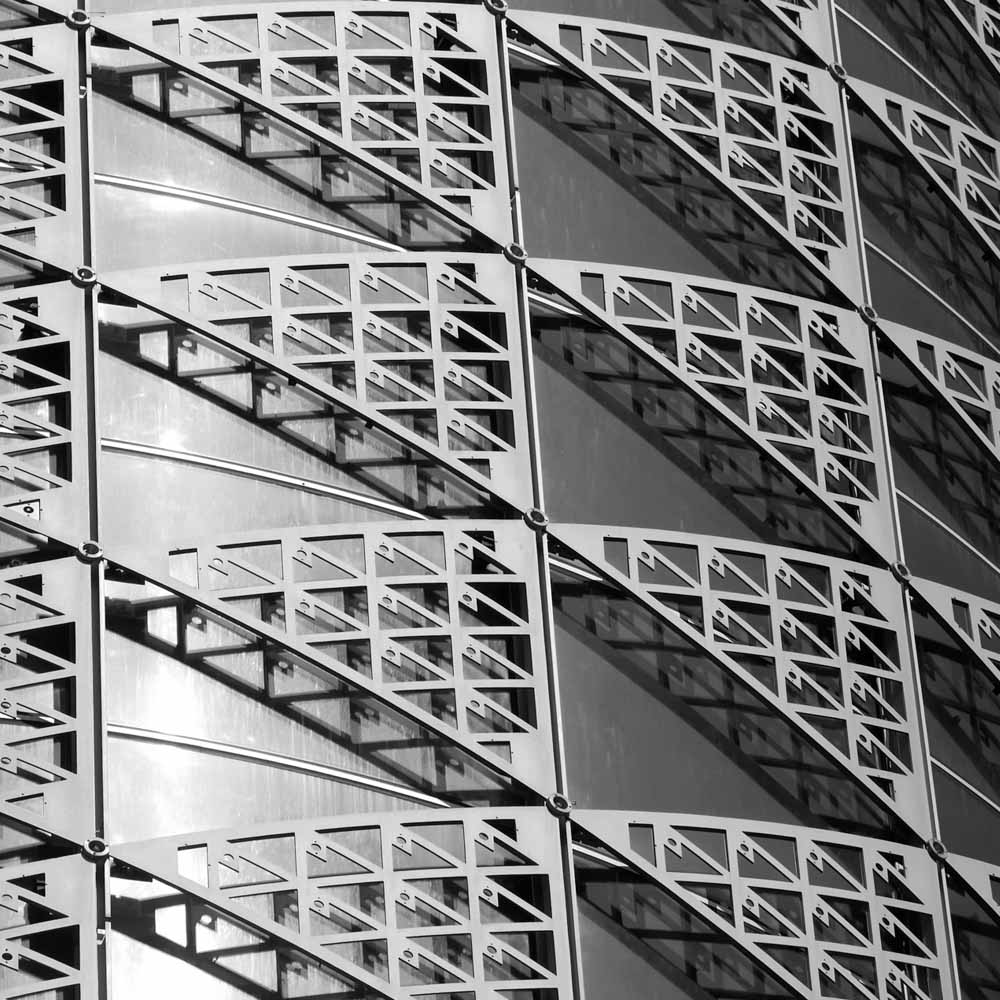High Carbon Steel

High carbon steel, often referred to as “carbon tool steel,” is a remarkable and versatile material with a carbon content ranging from 0.6% to 1.7%. This relatively high carbon concentration sets it apart from low and medium carbon steels, endowing it with distinct properties and applications.
One of the standout features of high carbon steel is its exceptional hardness and strength. The increased carbon content enhances the material’s ability to withstand wear, making it ideal for applications that require cutting, drilling, or shaping. Consequently, high carbon steel is commonly used for making cutting tools like chisels, knives, and saw blades. Its ability to hold a sharp edge, known as its “edge retention,” is highly valued in these tools.
However, the advantages of high carbon steel come with some trade-offs. Its increased hardness also makes it more brittle compared to low carbon steels. This means it is more susceptible to cracking or breaking under heavy impact or stress. To mitigate this, heat treatment processes like tempering are often employed to strike a balance between hardness and toughness, creating a material that can withstand a variety of mechanical stresses.
Our High Carbon Steel Products
EN8 Steel
EN8D Steel
BS970 080M40 Steel
High carbon steel is also utilized in the production of springs and wires due to its ability to maintain its shape and elasticity. It finds applications in various industrial sectors, including automotive manufacturing and construction.
Additionally, high carbon steel is prized for its heat resistance. It can withstand high temperatures without deforming, which makes it suitable for applications involving heat treatment, such as the production of tools and equipment that require a hardened surface.
In summary, high carbon steel’s exceptional hardness, strength, and heat resistance make it an invaluable material for various industrial and tool-making applications. Its versatility, combined with proper heat treatment, allows it to excel in situations where a balance between hardness and toughness is required, ensuring its continued relevance in the world of materials engineering.